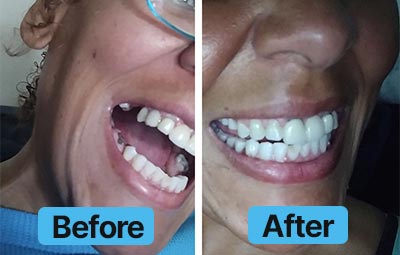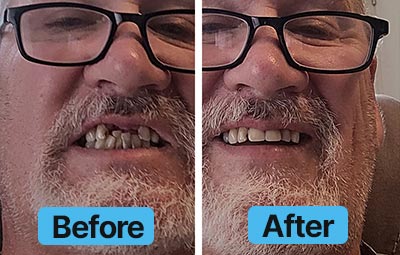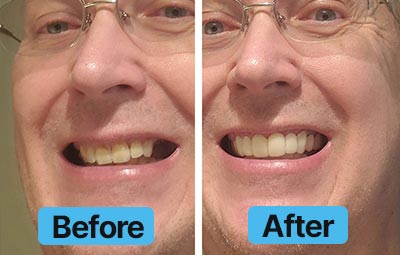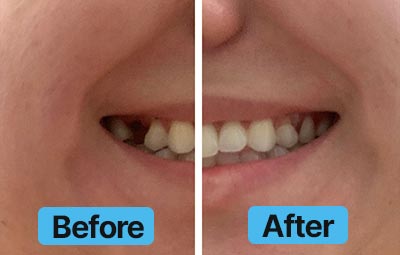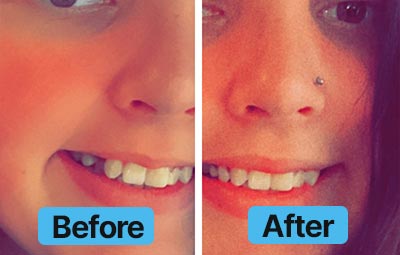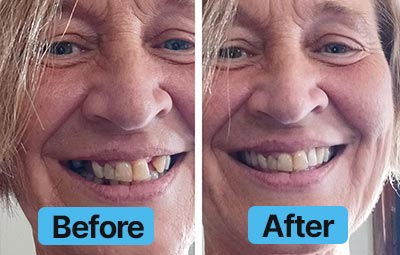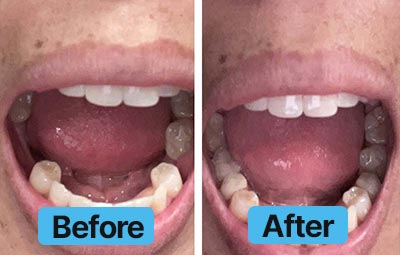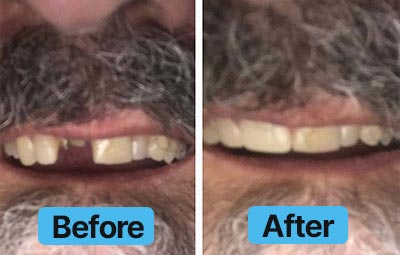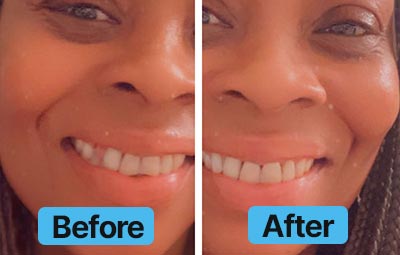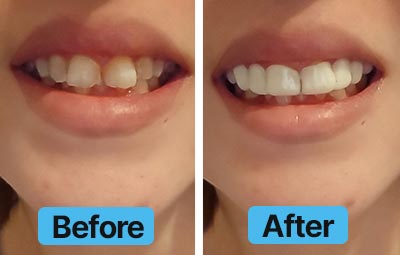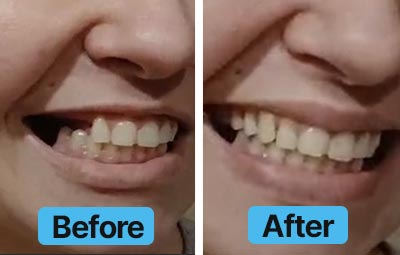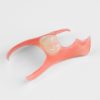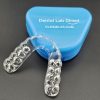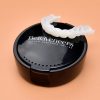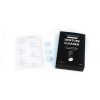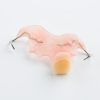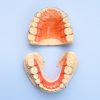You’ve got new dentures, and they’re supposed to make life easier, but right now, all you can think about is that sharp, burning spot on your gums. It hurts when you chew. It rubs when you talk. And no matter how much you try to “get used to it,” the pain is still there.
These are called denture sore spots, and they’re common.
But common doesn’t mean you have to live with them. Here’s how to ease the pressure and get your mouth feeling like your own again.
How to Deal with Denture Sore Spots
1. Give Your Mouth Time to Adjust
The first few days with new dentures can feel like your gums are waging war against plastic. Sore spots tend to show up where the denture presses unevenly against soft tissue. As we mentioned earlier, unfortunately, these pressure points are pretty common, especially early on, as your mouth learns to move, bite, and rest with something foreign along the gumline.
You’ve heard it before: “You’ll get used to it.” And while that advice is usually tossed around like it solves everything, in this case, there’s some truth to it.
Wearing your dentures daily (even if it’s uncomfortable at first) helps your mouth adapt faster. Your gums will gradually reshape, your bite will adjust, and the small aches that you’re currently feeling tend to go away on their own within a few weeks.
But don’t ignore your gut.
If it’s been more than 30 days (the usual adjustment period), you’re diligently cleaning your dentures, and you’re still dealing with the same pain (or it’s getting worse), something is wrong. At that point, it’s not your mouth being slow to adapt. It’s probably the fit of the dentures themselves.
You’ll likely need a new denture or a reline (more on those in a bit) to fix the pressure point and get the device sitting evenly on your gums.
2. Rinse with Warm Salt Water
When sore spots flare up, warm salt water is one of the easiest ways to minimize pain. It does so by reducing swelling, which in turn soothes raw spots and helps your gums heal faster. It’s one of those old-school remedies that still holds up, even with all the new products out there. Quite literally, all you need is salt and water. You don’t need any special tools or harsh chemicals, and there’s no side effects.
Here’s how to do it:
- Mix ½ teaspoon of salt into a cup (8 ounces) of warm water (not hot).
- Swish it gently around your mouth for 30 seconds.
- Then spit.
Do this two or three times a day, especially after meals or before bed.
You can also rub your gums with salt, then rinse it out with warm water. A lot of denture wearers keep this in their daily routine just to stay ahead of and relieve irritation.
It’s not fancy, and it doesn’t taste great, but it works.
3. Try Using a Denture Adhesive
Denture adhesives are great tools in helping prevent and manage denture sore spots. It works by holding the loose or wobbly device in place.
A thin layer applied will create a buffer between your gums and the dentures, which can cut down on rubbing and stop sore spots from forming. For many people, this adds just enough grip to get through the day without a problem.
Although, using more adhesive doesn’t mean you’ll feel better. It might hold your denture in place for a while, but it can also hide a bad fit.
If you’re using adhesive to get through the first few weeks, that’s totally fine. But if the same sore spots keep showing up, that’s not something to brush off as “getting used to.” Adhesive helps in the short run, not the long haul.
If the pain and sore spots linger, you might need new dentures altogether.
4. Get Dentures that Fit
Sometimes the problem isn’t your gums or your oral hygiene, it’s your dentures. If you keep dealing with the same denture sore spots over and over, you might need something made to fit your mouth from the start.
Easy Dentures mold exactly to your gums, using nothing but hot water and about five minutes of your time. They’re made with a special PMMA acrylic blend that’s sturdy enough to hold up day after day but soft enough to shape comfortably around every bump and curve in your gums.
This layered build means fewer denture sore spots from the start, because the fit matches your mouth, not someone else’s mold.
And instead of toughing it out, you’re getting dentures that fit right away.
5. Use a Denture Reliner
If your denture keeps rubbing in the same spots, a reline might be all you need.
Quick Reline helps fix denture sore spots by reshaping the inside of your denture to match your mouth more closely.
It works with most full or partial dentures, including Easy Dentures, and only takes about a minute to soften in boiling water. Once it cools slightly, you press it into place for a snug, tailored fit. The material molds easily, and if it doesn’t feel right the first time, you can reheat and try again and again and again and—you get the point.
Find Relief and Take Control of Your Denture Fit
Denture sore spots are a normal part of the adjustment process—but that doesn’t mean you have to live with them. With the right approach and a bit of consistency, you can ease the discomfort and get back to feeling like yourself again.
Still have questions? Our Denture FAQ covers common issues and helpful solutions to keep you informed and confident in your denture care.
At Dental Lab Direct, we make it easy to take control from home with options like Easy Dentures and Quick Reline—designed for comfort, convenience, and a custom fit. A better feel, a better fit, and real relief are all within reach—without breaking the bank.
 30 DAY warranty on all custom-made products | 1,000+ 5 Star ★★★★★ Reviews
30 DAY warranty on all custom-made products | 1,000+ 5 Star ★★★★★ Reviews


